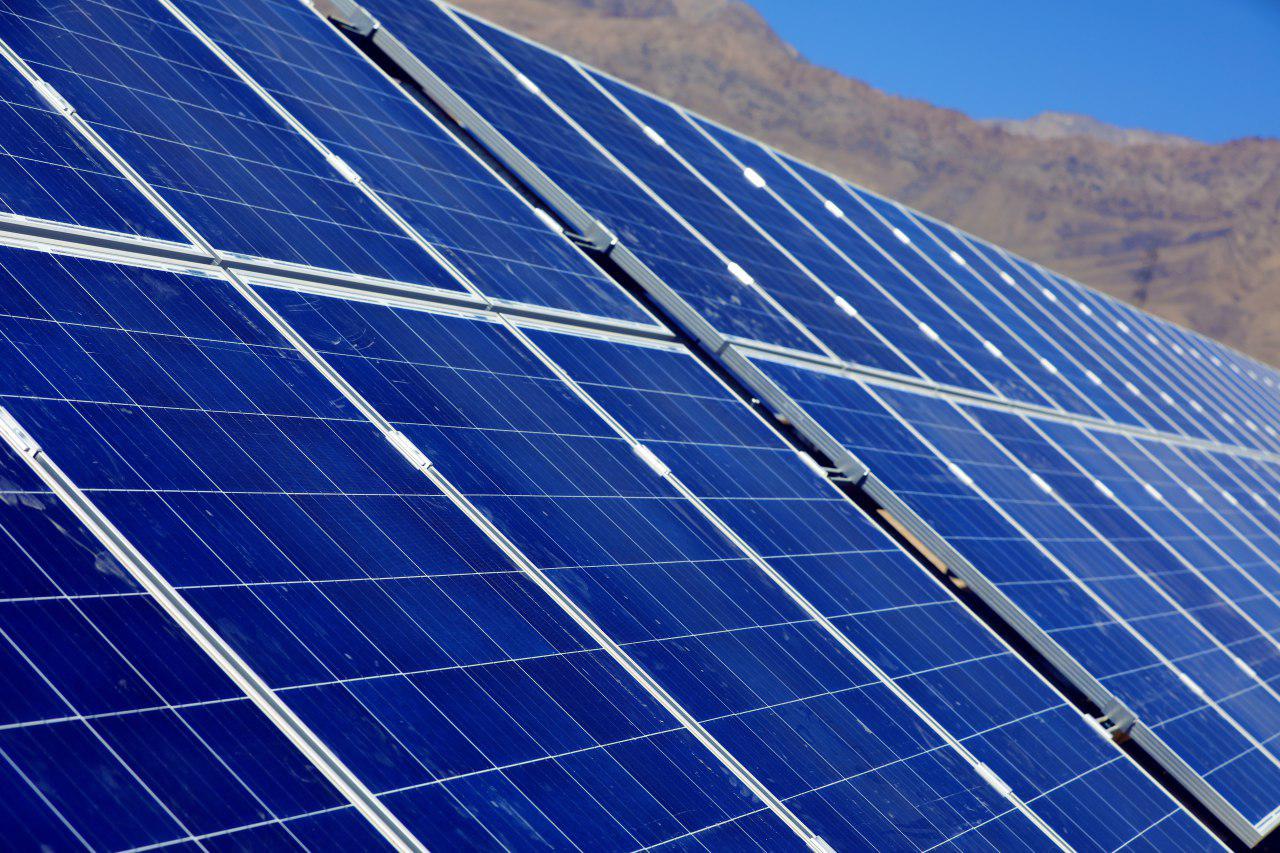The Energy Ministry is keen to make good on a promise to add at least 1,000 megawatts, or 1 GW, to total power generating capacity each year through 2022 with the help of the private sector, a deputy energy minister said on Monday.
As a preliminary step to fulfill that target, “a 30 MW solar plant will become operational in Jajarm, North Khorasan Province, in the near future,” Houshang Falahatian was also quoted as saying by ILNA.
According to the official, international investors, especially European firms, are increasingly looking at Iran as a strong market for renewable power projects.
Last year, the Renewable Energy Organization of Iran and a group of investors from Switzerland signed a contract to build a solar power plant in Jajarm.
Based on the contract, a solar plant with an output capacity of 30 MW has been completely designed and built by a Swiss company. The project is part of efforts to raise the meager share of renewable sources in Iran's power industry that is mostly dependent on fossil fuels to meet its electricity demand.
"The Jajarm photovoltaic plant is the biggest solar power venture in Iran's history and the beginning of a big leap in the renewable industry," Falahatian added, pointing to photovoltaic projects in other cities, namely Arak, Isfahan, Qom and Hamedan, with different output capacities.
Pointing to the country's installed electricity capacity that amounts to 77 GW, Falahatian said, "The lion's share of power is produced with the help of fossil fuel-based power plants, yet the share of renewables in Iran’s energy mix is as low as 360 MW, although it has huge potentials to harness renewable energies, including geothermal, solar and wind power."
Energy officials, including Mohammad Sadeqzadeh, the head of Renewable Energy and Energy Efficiency Organization—a state-owned entity also known as Satba, believe that the target to boost the country's renewable capacity to 5 GW in the period is feasible, as foreign investors have submitted investment proposals worth $3.6 billion to develop renewable projects.
Oil- and gas-rich Iran has also pledged to slow climate change by promoting cleaner energies. In December 2015, 195 nations, including Iran, signed an agreement at the Paris Climate Conference to move away from fossil fuels with the goal of limiting a rise in average global temperatures to well below 2 degrees Celsius.
Iran promised at the Paris Climate Conference to curtail greenhouse gas emissions by increasing power production from renewable sources to 7,500 MW by the end of the next decade.
Mazut Reduction
According to Falahatian, natural gas accounts for 90% of power plant feedstock and concerted efforts are being made to stop using mazut, an eco-unfriendly fuel, as feedstock in power stations by 2018.
The government has instructed power plants and refineries to use gas instead of polluting feedstock such as mazut due to the abundance of gas reserves and the rise in South Pars Gas Field output.
Developing online air pollution control systems in industrial units, which monitor and record fuel consumption and the level of pollution instantaneously, can help power plants move toward replacing polluting fuels with natural gas as a cleaner energy resource.


